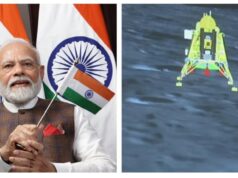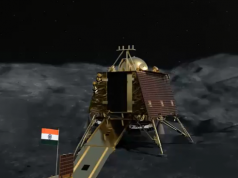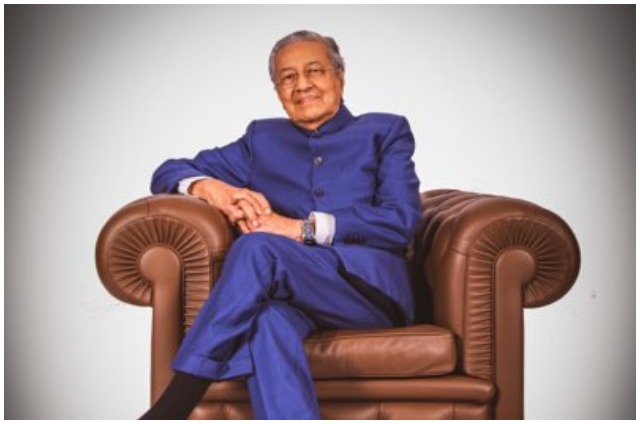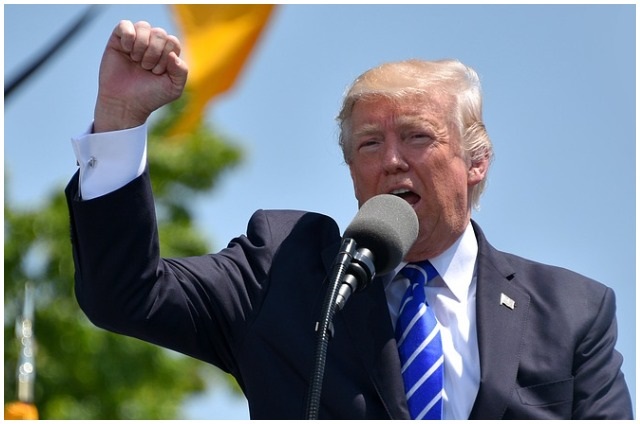New Delhi – On February 15, if all goes according to plan, an Indian rocket will blast off from the south of the country carrying a record-breaking 104 satellites into orbit.
Will this signal India’s own launch into the big league of a global market that is estimated at 203 billion dollars and currently dominated by France, Russia and the United States?
Experts say India is still a long way from becoming a serious contender even though it offers possibly the cheapest launches in the world at about a third less than the price charged by other space agencies and private firms.
The main issues are capacity – commercial launches depend on spare capacity available after meeting the needs of an Indian mission – as well as the low frequency of launches and the slow turnaround of missions.
Yet, the Indian space agency’s trusted workhorse – the polar satellite launch vehicle (PSLV) – has proven to be one of the world’s most reliable rockets.
People watch the launch of the Indian Space Research Organization’s Polar Satellite Launch Vehicle (PSLV) in Sriharikota, Indian state of Andhra Pradesh on June 22, 2016. On February 15, if all goes according to plan, an Indian rocket will blast off from the south of the country carrying a record-breaking 104 satellites into orbit. (Credit Image: © Stringer/Xinhua via ZUMA Wire)
On Wednesday it will carry three satellites from India and 101 from foreign entities that will pay almost half the cost of the flight.
The 101 nano satellites include one each from Israel, Kazakhstan, the Netherlands, Switzerland, the United Arab Emirates and 96 from the United States.
The PSLV is one of the grand success stories of the state-owned Indian Space Research Organization (ISRO). It has been used to launch India’s remote sensing satellites, the moon orbiter Chandrayaan-1 as well as the Mars orbiter Mangalyaan.
Between 1999, the year it launched its first foreign satellite for Germany, till end-2016, ISRO has launched 79 foreign satellites with its commercial arm Antrix Corporation, earning revenue of 156.84 million dollars.
While India “still has a minute percentage share of the space market,” the reliability of the PSLV and the cost-benefit analysis gave it an advantage, said Ajay Lele, an expert on space exploration at the New Delhi-based Institute for Defence Studies and Analyses.
ISRO spokesman Deviprasad Karnik said that “commercial launches are definitely not a priority for us.”
“We use commercial satellites to fill capacity left on our rockets after we assign our own satellites, like in the February 15 launch,” Karnik said.
“Half the payload is our own, and the other half are these 101 satellites – we have a long waiting list.”
While the foreign satellites to be launched by the PSLV-C37 on Wednesday sound like a hefty 101, most of them are what Lele calls “babies.”
Together they weigh about 600 kilogrammes, while the three Indian satellites make up another 600 or so kilogrammes.
The PSLV is designed to put satellites in lower earth orbits, but ISRO has developed and modified the technology to reach the moon and Mars.
India’s geosynchronous launch vehicle (GSLV) can put heavier satellites in higher orbits, but it does not have the success rate of the PSLV and evolved variants are still being tested.
Karnik said that ISRO is currently working on a model where the PSLV vehicle will be built completely by a private consortium and launched by the agency’s launching facility at Sriharikota, in the southern state of Andhra Pradesh.
That, Lele said, is crucial if India wants to become a player in the commercial space market.
The Satellite Industry Association estimated 2014 revenues of the global commercial space industry at around 203 billion dollars with the launch industry revenue at about 6 billion dollars. India earned 18.2 million euros (19.3 million dollars) that year.
“Manufacture and operation of the PSLV has to be handed over to the private sector, India has to build more launch pads and develop rockets that can carry heavier payloads and reach higher orbits,” Lele said.
With organizations like internet providers, phone companies and airlines seeking greater bandwidth, there is ample opportunity for India, Lele said.
“The market for launching small satellites is growing rapidly and with the right interventions India could make a mark.”
ISRO has come a long way since it launched its first rocket in the 1960s. Over the past 17 years, it has launched satellites for Canada, France, Germany, Japan and the United States.
Private companies that have used ISRO’s services include France’s Airbus Defence & Space, Germany’s OHB System, Terra Bella, a Google company and Planet Labs of the US.
“Currently ISRO does not have the capacity to even break into the commercial market and that may not be the way it wants to go,” Lele said. “ISRO is a government organization for research and development – it has to delink launches from the R&D aspects.”
– dpa










